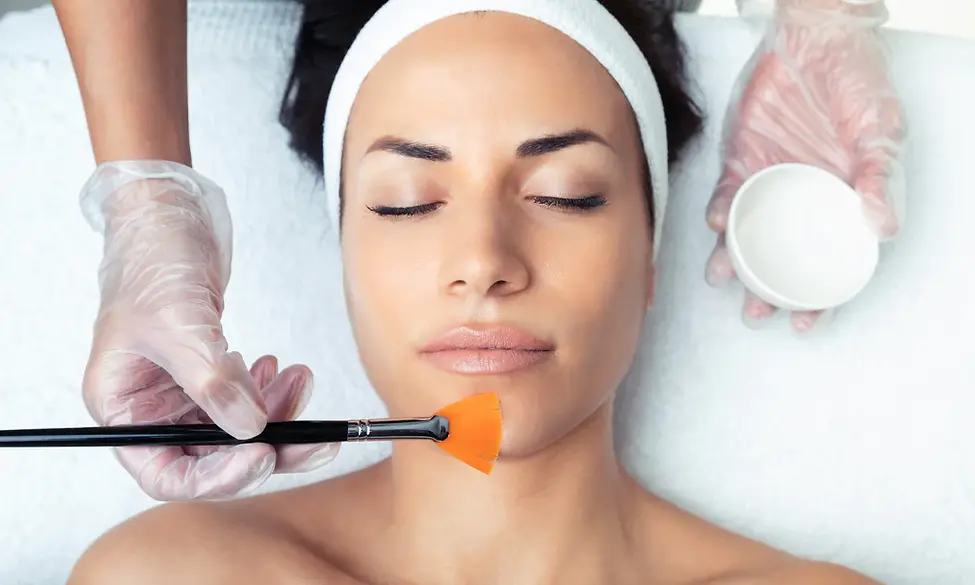A chemical peel, as the name suggests, uses chemical solutions to remove the skin’s top layer. This helps new skin to grow properly, which is smoother. Chemical peels can be light peels or medium peels. You may need more than one sitting to get desired results.
While it may sound scary, chemical peels are extremely safe procedures. It is used for treating wrinkles, scars, and discolored skin on our faces. Chemical peels can be done exclusively or in combination with other procedures. Deeper peels offer more impressive results but need a longer recovery period.
Types of Chemical Peels
Chemical peels are essentially skin-resurfacing techniques. One can select a chemical peel based on skin issues. Chemical peels are usually of three depths:
• Light Peel: As the name suggests, it is a superficial chemical peel that removes the skin’s epidermis or outer layer. Light peels treat acne, fine wrinkles, dryness, and uneven skin. Light chemical peels can be used once every two weeks.
• Medium Peel: Chemical peels of medium depth are stronger. They remove skin cells of the epidermis and dermis. Dermis is the upper layer of the middle skin. Medium peels treat deep acne scars, heavy wrinkles, and uneven tone. Medium chemical peels can be repeated for achieving the desired results.
• Deep chemical peels: Deep chemical peels remove even deeper skin cells. It is recommended for deeper wrinkles, acne scars, or even precancerous growths. A repeat procedure is generally not required.


Preparing for Chemical Peel
A dermatologic surgeon or a dermatologist is best for conducting chemical peels, especially medium and deep peels. Results can vary and depends on the doctor’s expertise and the person’s skin conditions. A chemical peel can be a tricky process. Some essential steps before chemical peel can be:
• Review the person’s medical history including medications and medical conditions
• Conduct a physical examination of the skin and physical features
• Discuss expectations with the person undergoing a chemical peel
Results
Irrespective of the type of chemical peel you are opting for, the results will be dramatic and you will see definitive improvements. It is important to note that results are not permanent. With time, sun damage and aging can result in changes in skin color and the appearance of new lines.
Post-peel skin is temporarily sensitive to the sun. Get expert recommendations from your doctor and follow the right steps for the best results.

